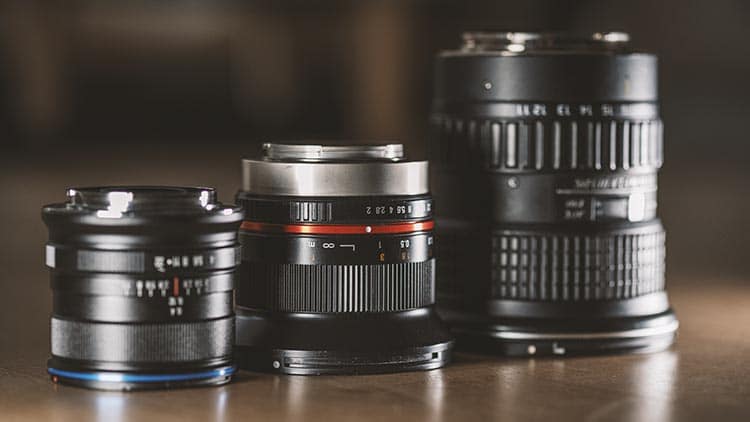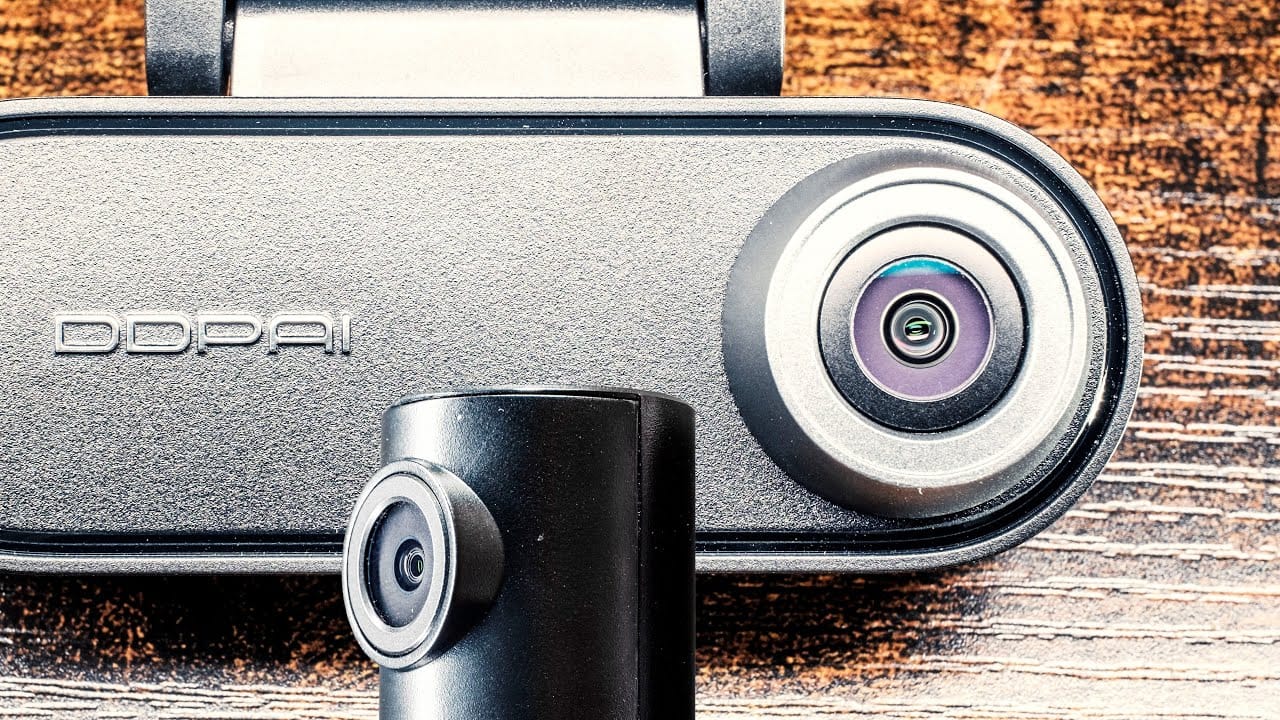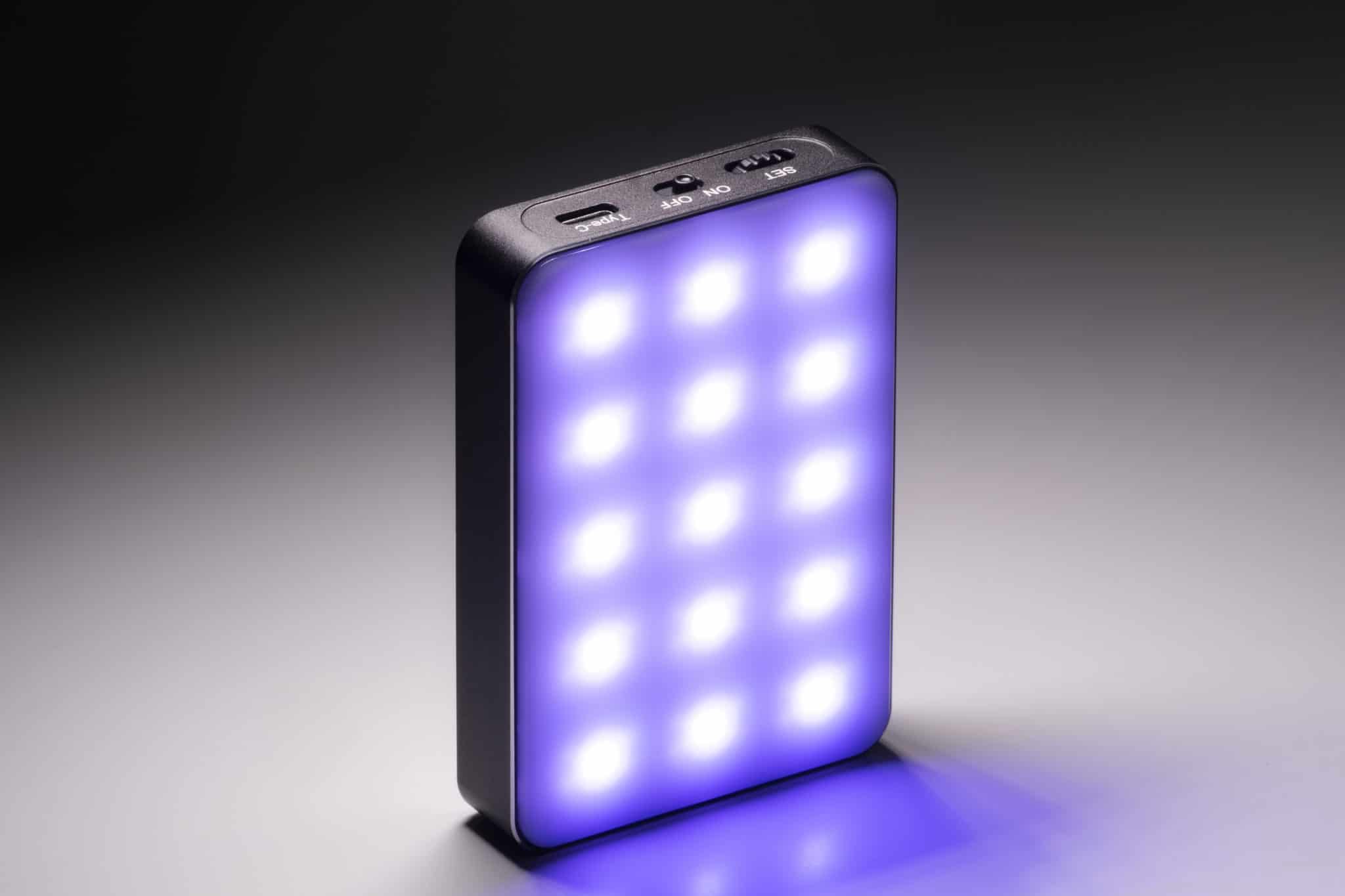Wide-angle lenses are great for a lot of reasons but they can also be quite expensive especially if you want one that can shoot wide-open. Here are our three favorite wide-angles that we consider to be affordable and we have been using for a while.
Samyang 12mm F/2
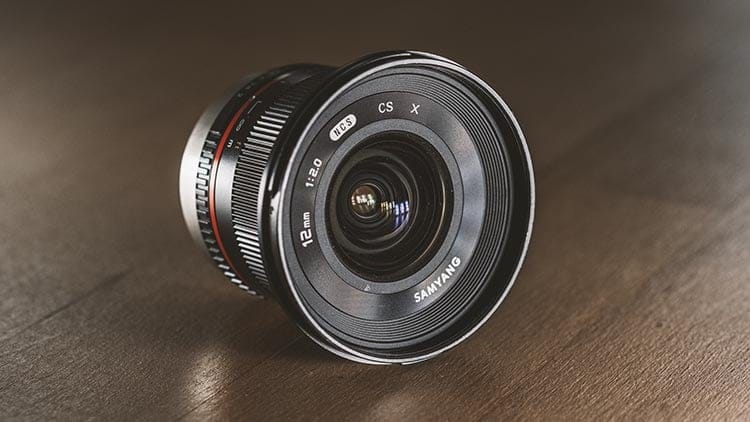
Recommended for: Gimbal walking shots, landscape and low light
A classic and probably the cheapest good wide-angle lens out there is one of our favorites. The Samyang 12mm. It’s lightweight and small, has a plasticky feeling but can capture sharp photos and videos. And the best thing: It has an aperture of F/2. Even though it’s not very sharp at F/2 it’s great to have that extra light and shallow depth of field especially when recording video. The sharpest performance is between F/5.6 and F/8 with the least amount of vignetting. Light sources and lens flares have a star shape so that is something to keep in mind when using this lens.
Because it’s a manual lens it lacks auto focus and has an aperture ring so it’s best to turn on focus peaking to make sure what you want to be in focus is actually sharp.
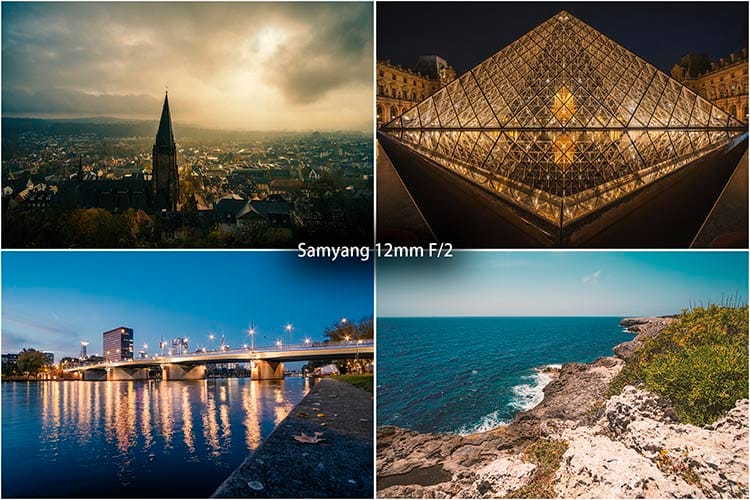
Venus Laowa 9mm F/2.8
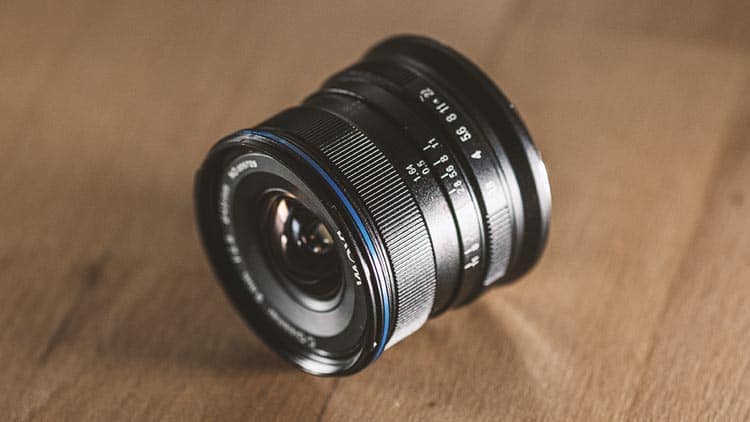
Recommended for: Gimbal walking shots, landscape and architecture
The newest lens on our list is the Venus Laowa 9mm F/2.8 which is not only super tiny but built like a tank and actually quite heavy considering the size. The image quality, colors and contrast from this lens are great and the Zero Distortion claim also seems to be true. There’s still a high amount of vignetting until F/5.6 but everything above is sharp and clear. It has a very unique lens flare that filmmakers either going to hate or love.
Compared to the Samyang 12mm this has a much wider field of view even though the difference of 3mm doesn’t sound like much.
Even though the small size has a lot of advantages especially when it comes to travelling it can be tricky to change focus and aperture because it’s just so tiny.
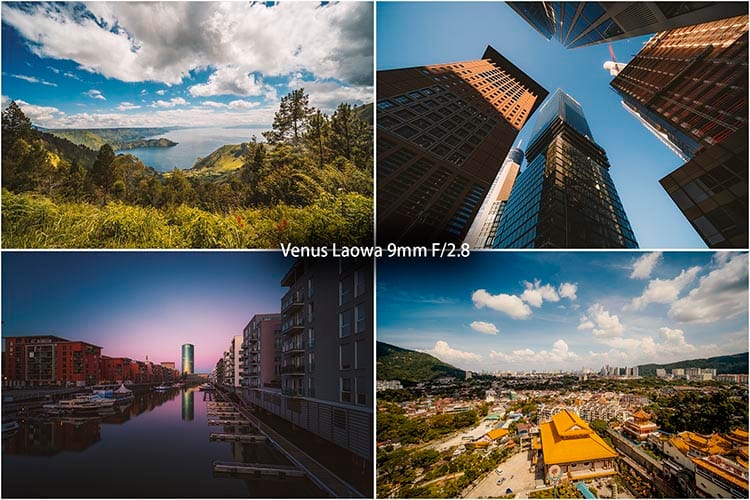
Tokina 11-16mm F/2.8
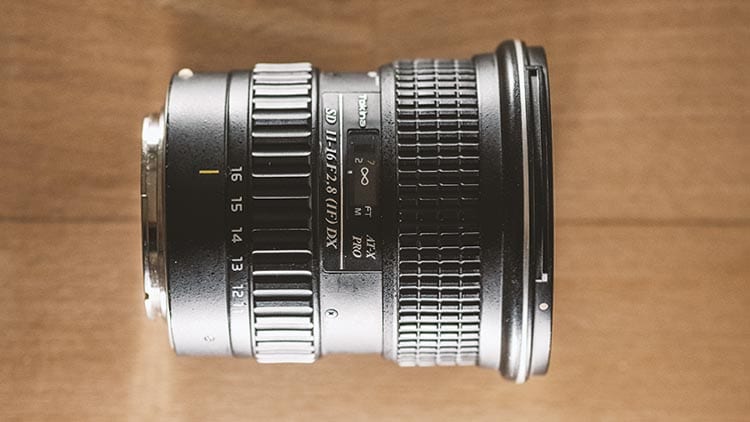
Recommended for: Documentary and timelapse
The last lens on our list is a very old one. The Tokina 11-16mm. We have used this lens for 8 years now and it was one of the first affordable electronic lenses for crop sensor DSLRs with a constant aperture of F/2.8 which was also the reason we got it back then.
We originally got it for our Canon 7D which we used it on for almost five years on a daily basis. We didn’t only use it on documentary shoots but also commercial work and timelapse photography. These days we still use it for example on Cinema cameras or with adapters on other DSLRs and video cameras. Even though this lens is not a full-frame lens it can be used on a full-frame camera without vignetting when zooming in to 16mm.
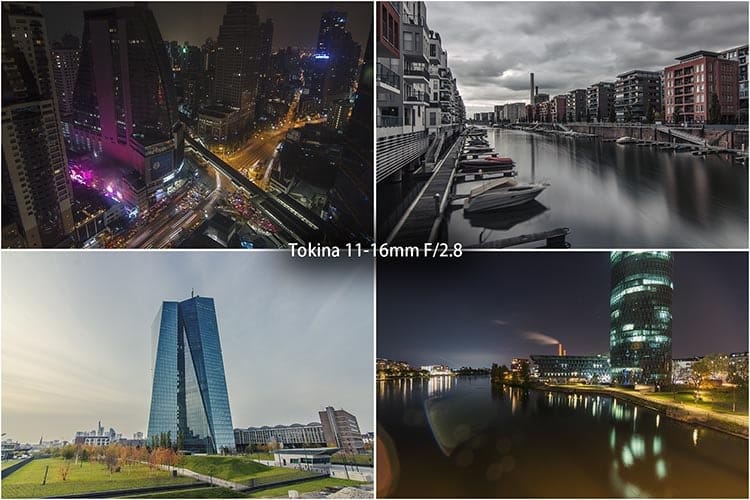
The clear advantage the Tokina has over the other two lenses is the auto focus which works well for photos but is not quite up to date for shooting video. And of course, the zoom: Not being stuck with only one focal length is another big advantage especially in filmmaking.
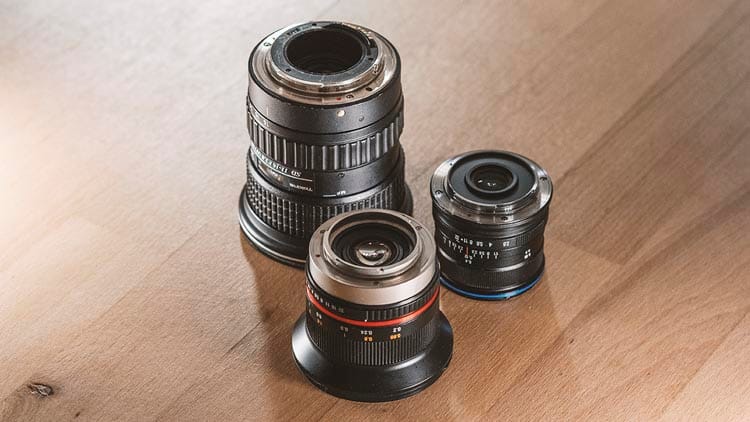
Depending on which camera system and lens mount you are using one of these optics will certainly be a good choice especially if you don’t want to spend too much money on a wide-angle.
Written by filmmaker Moritz Janisch, March 5, 2019
